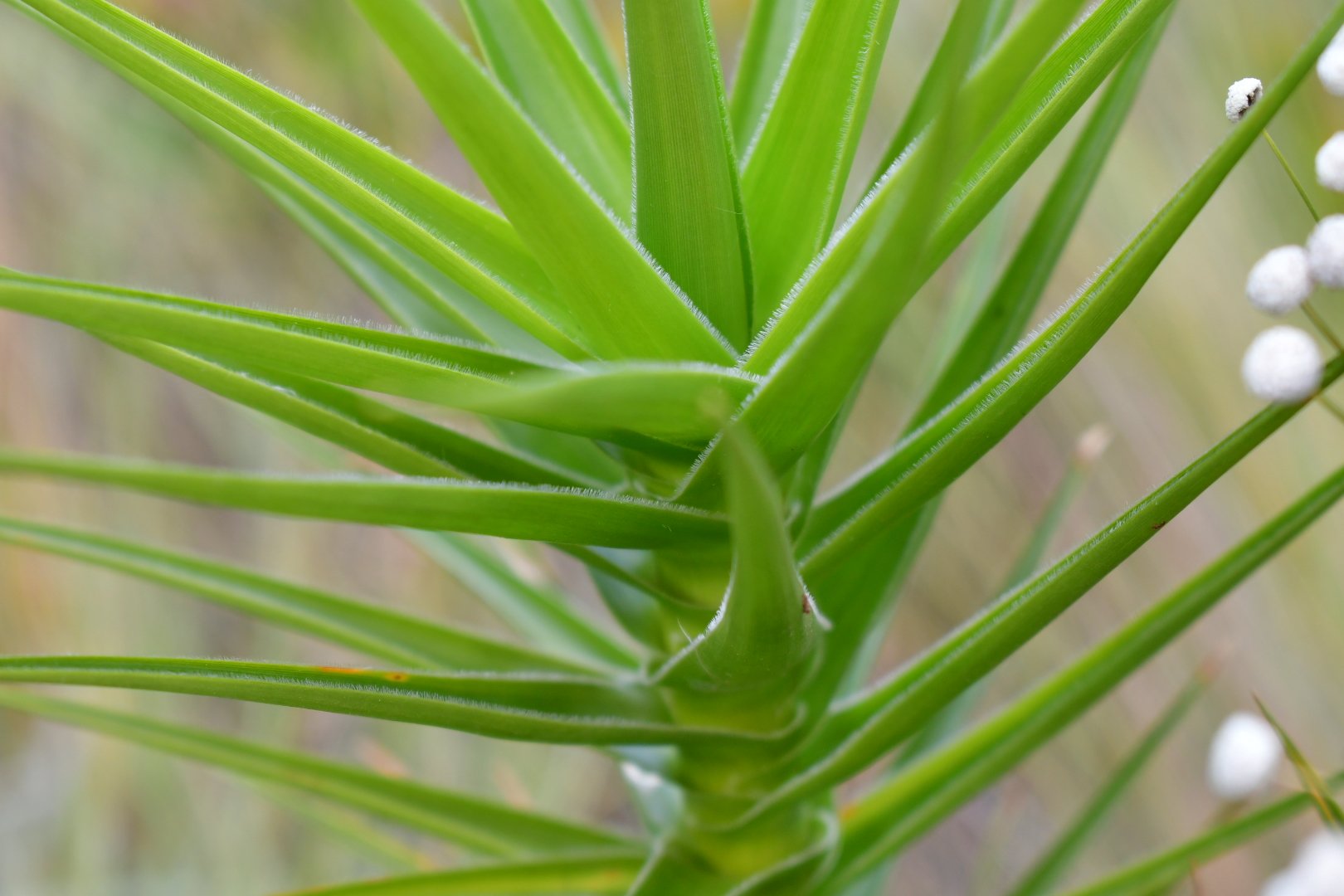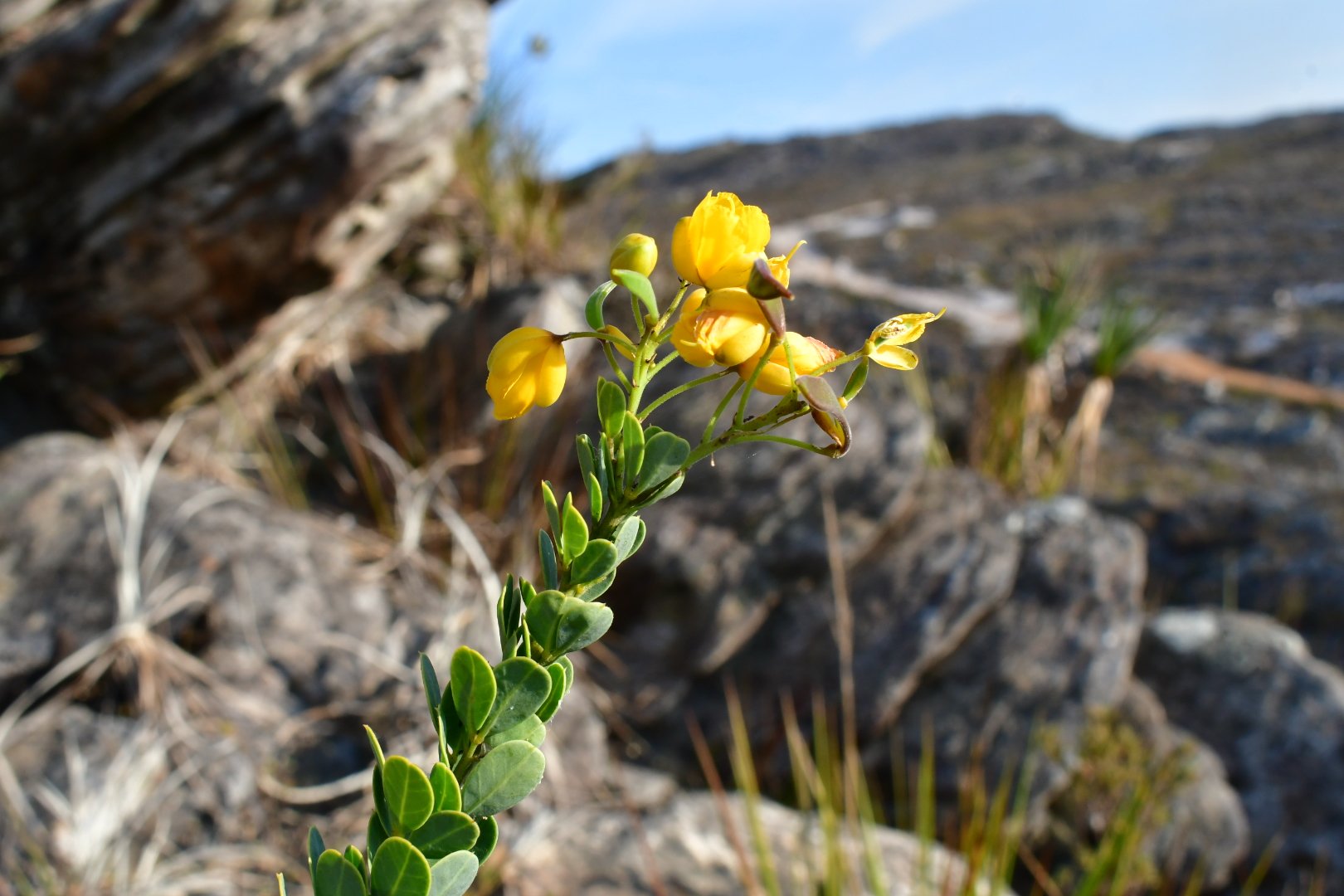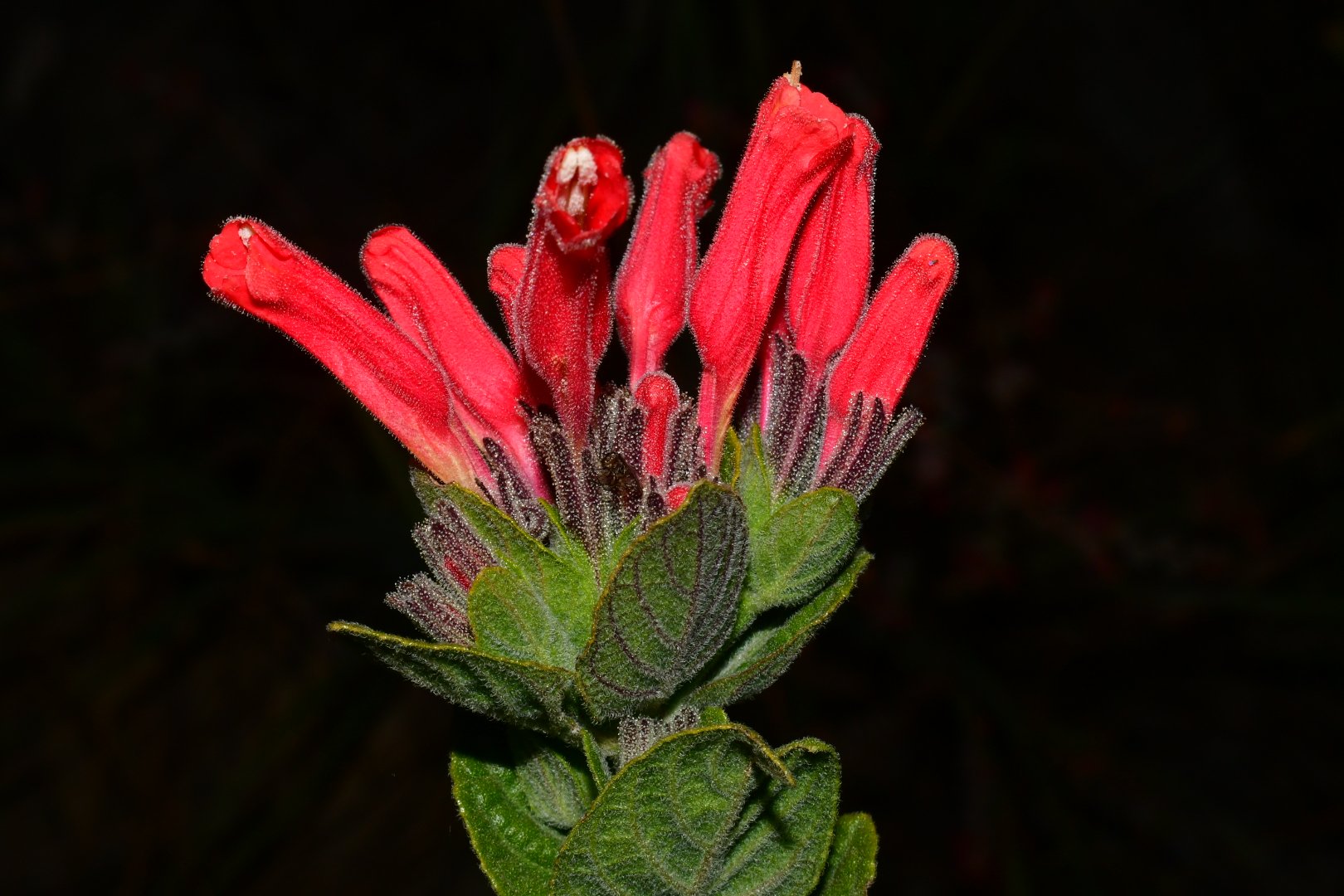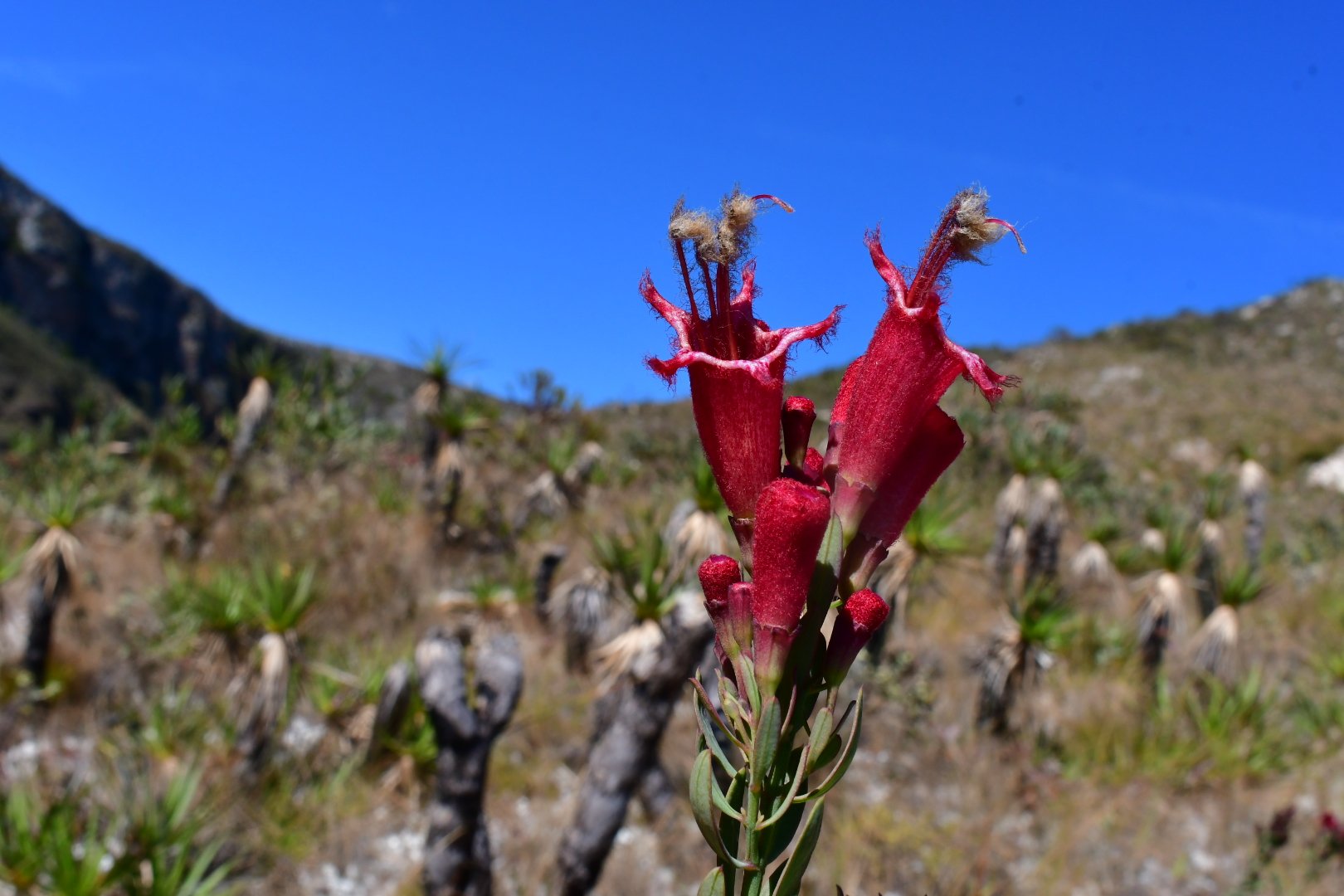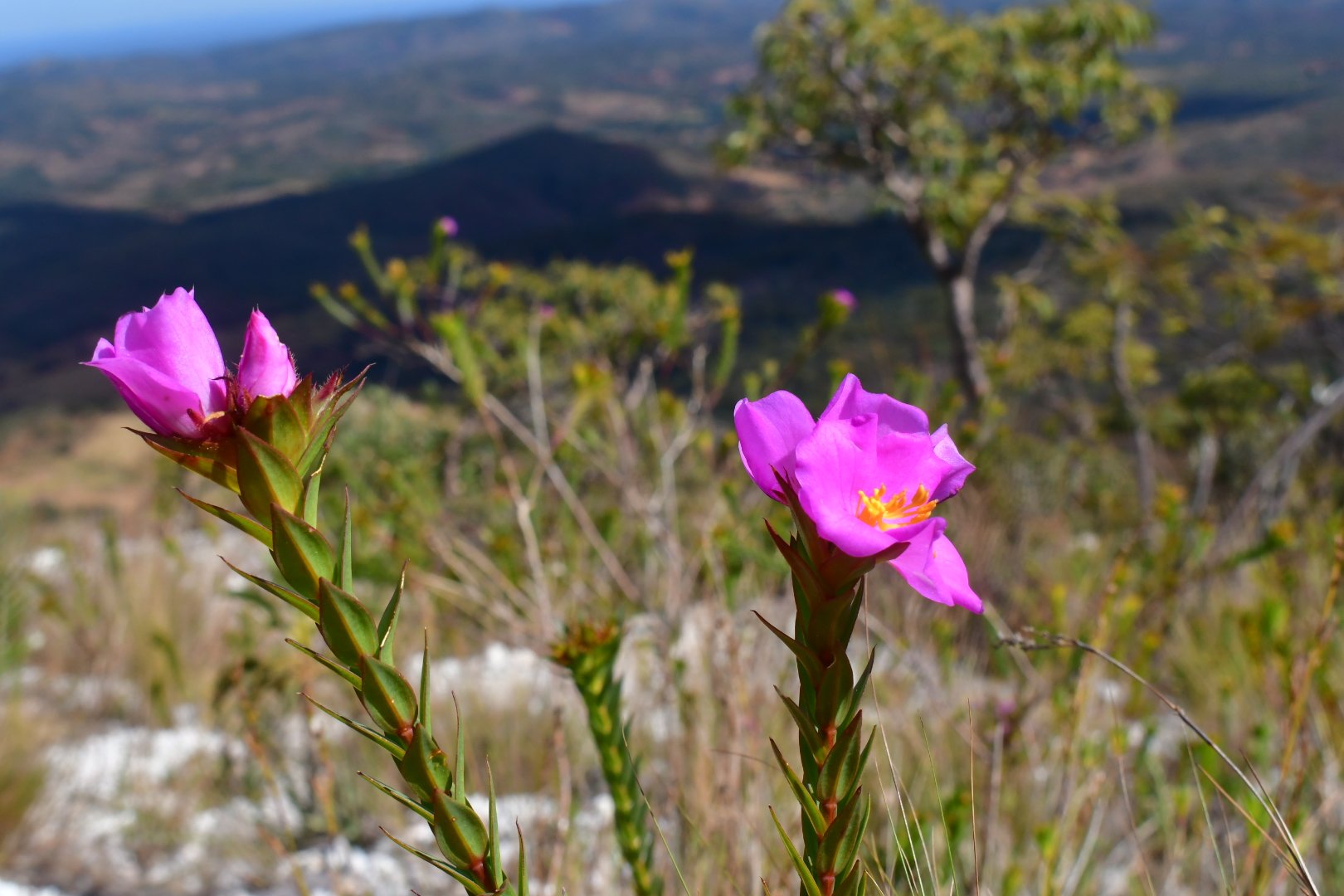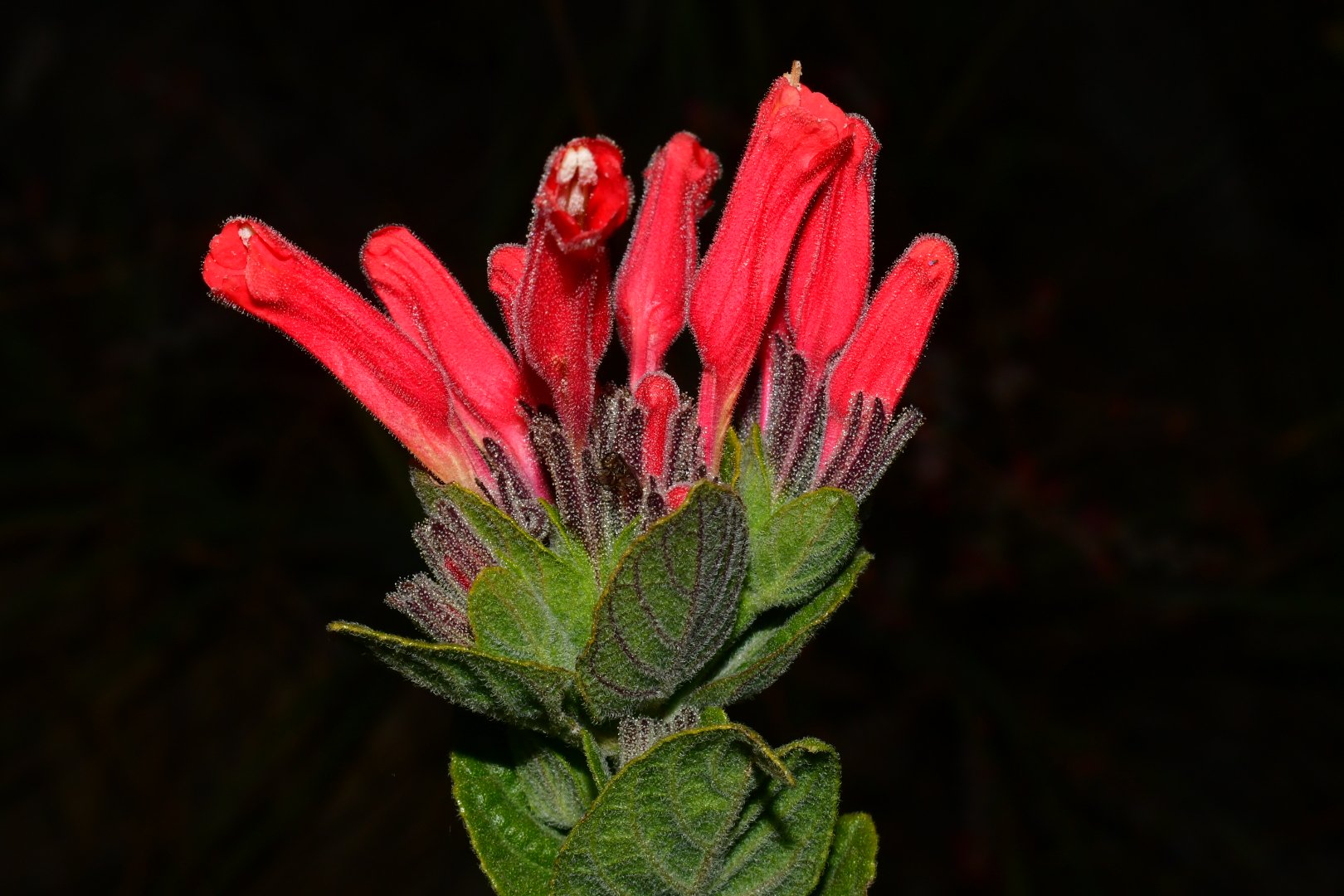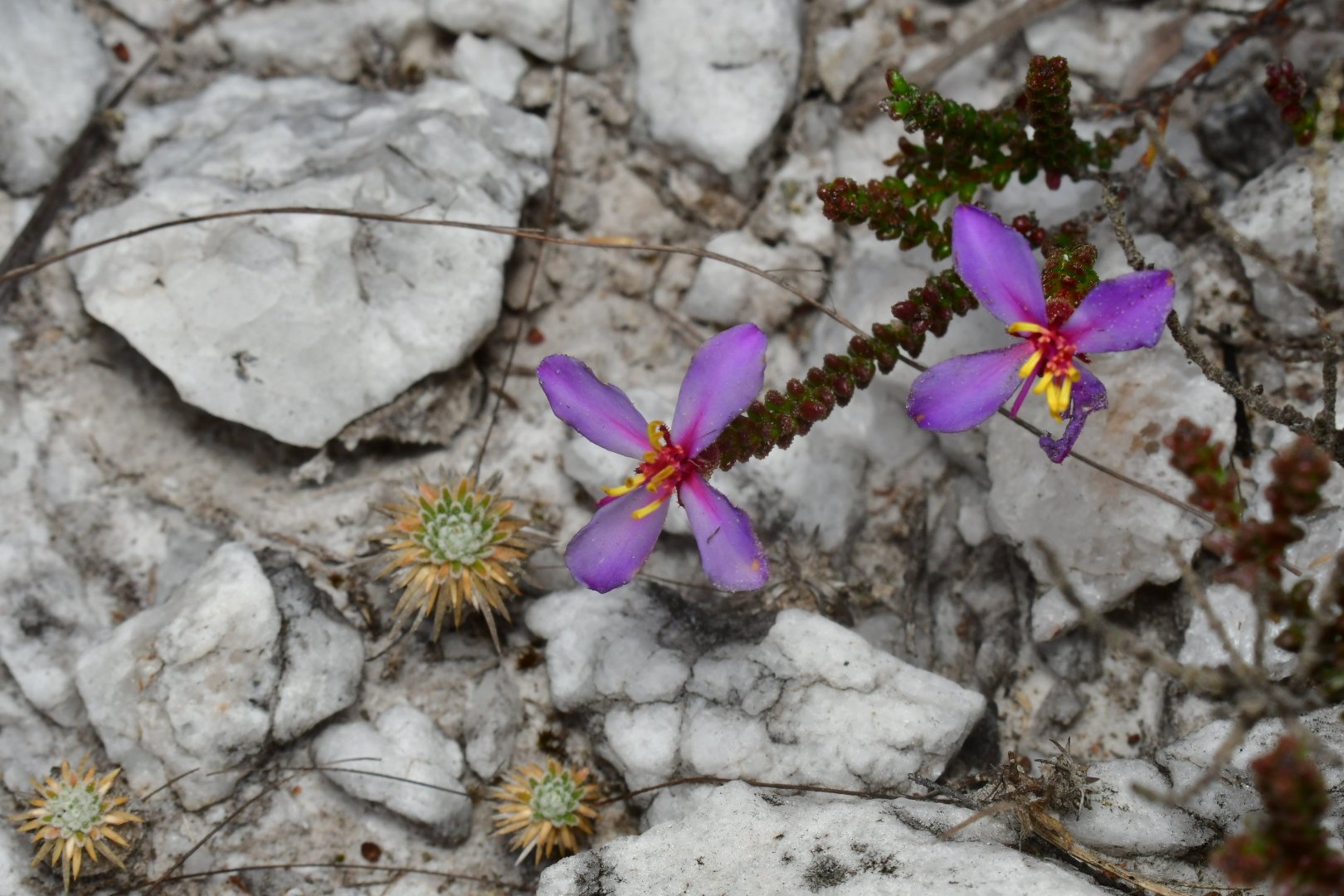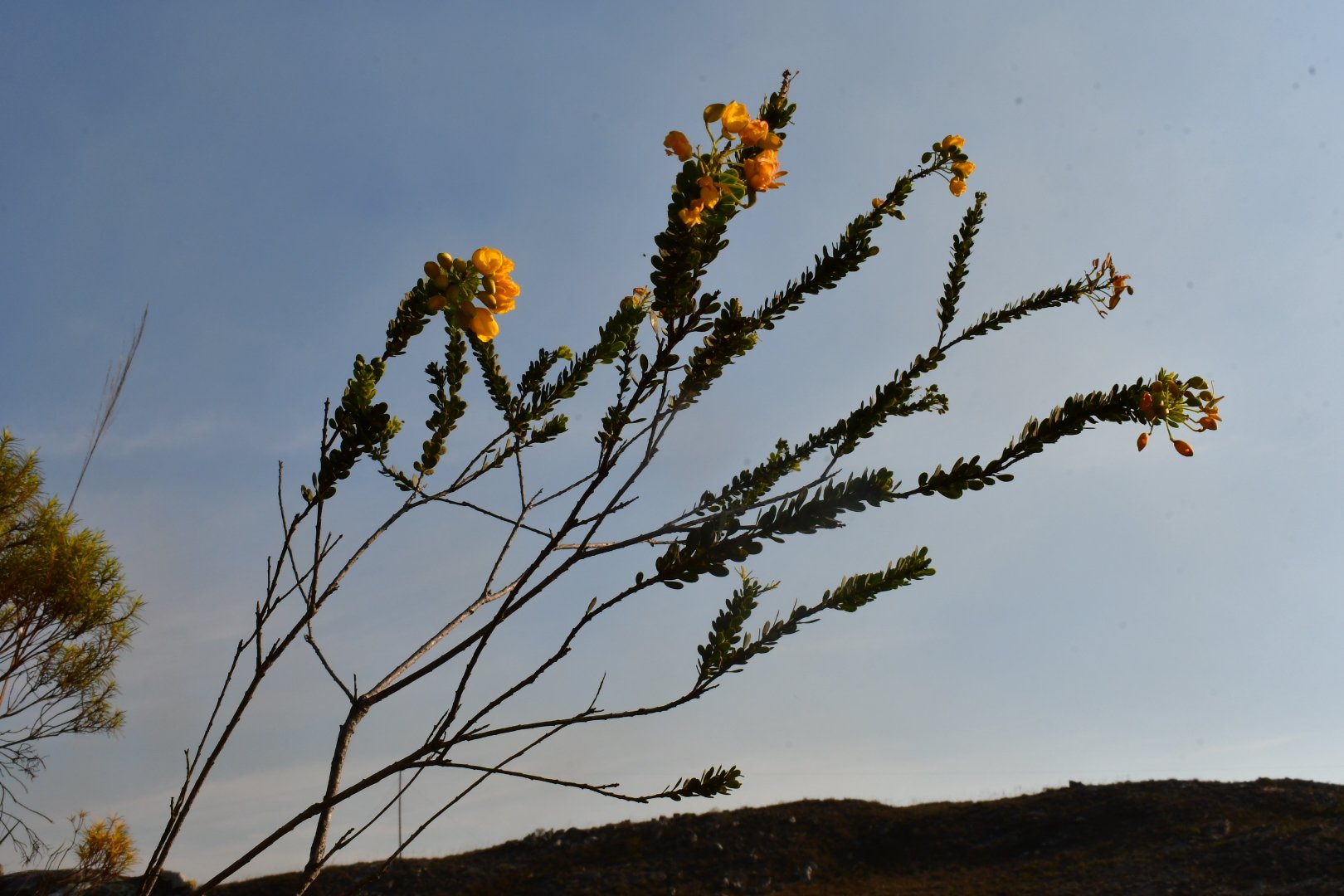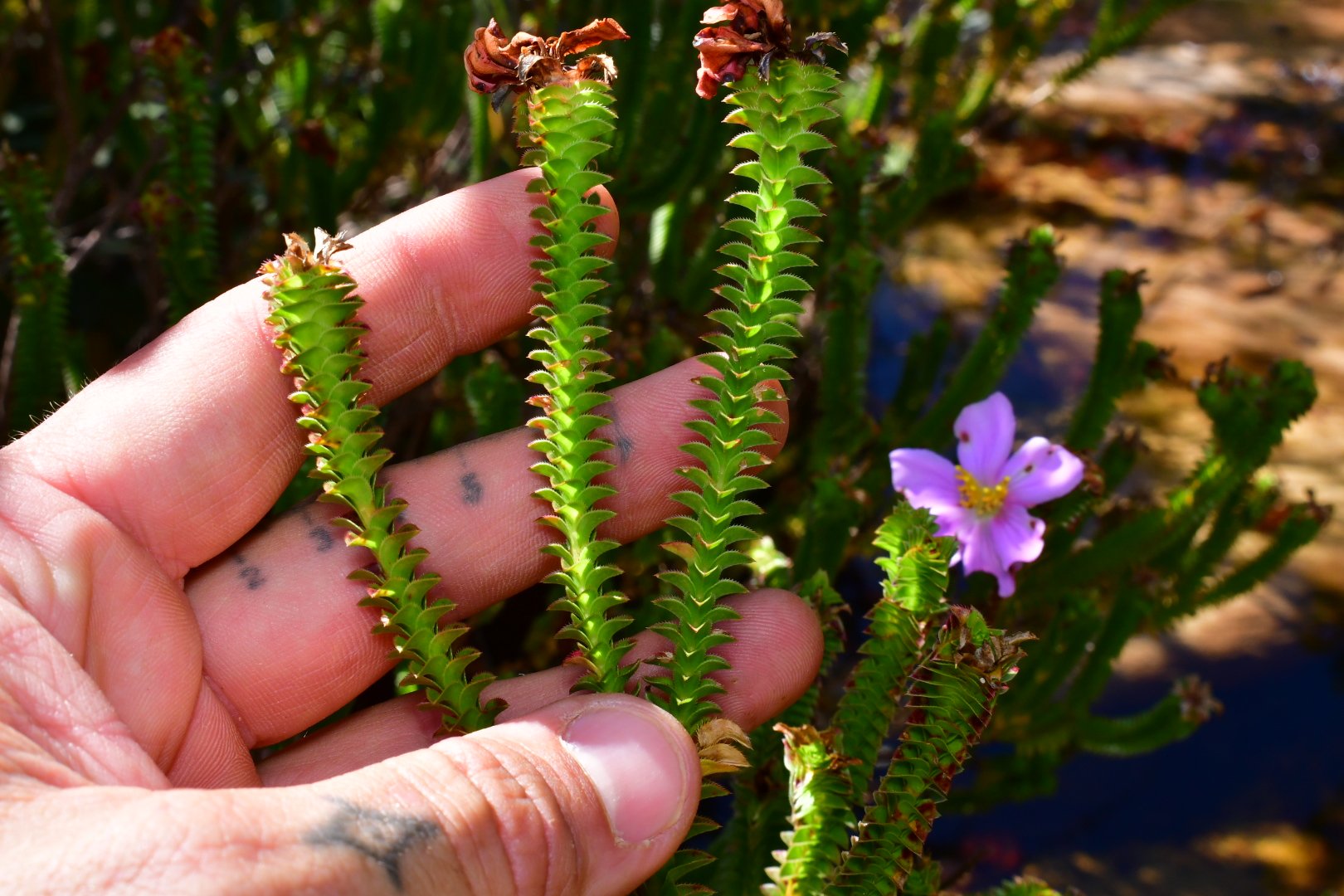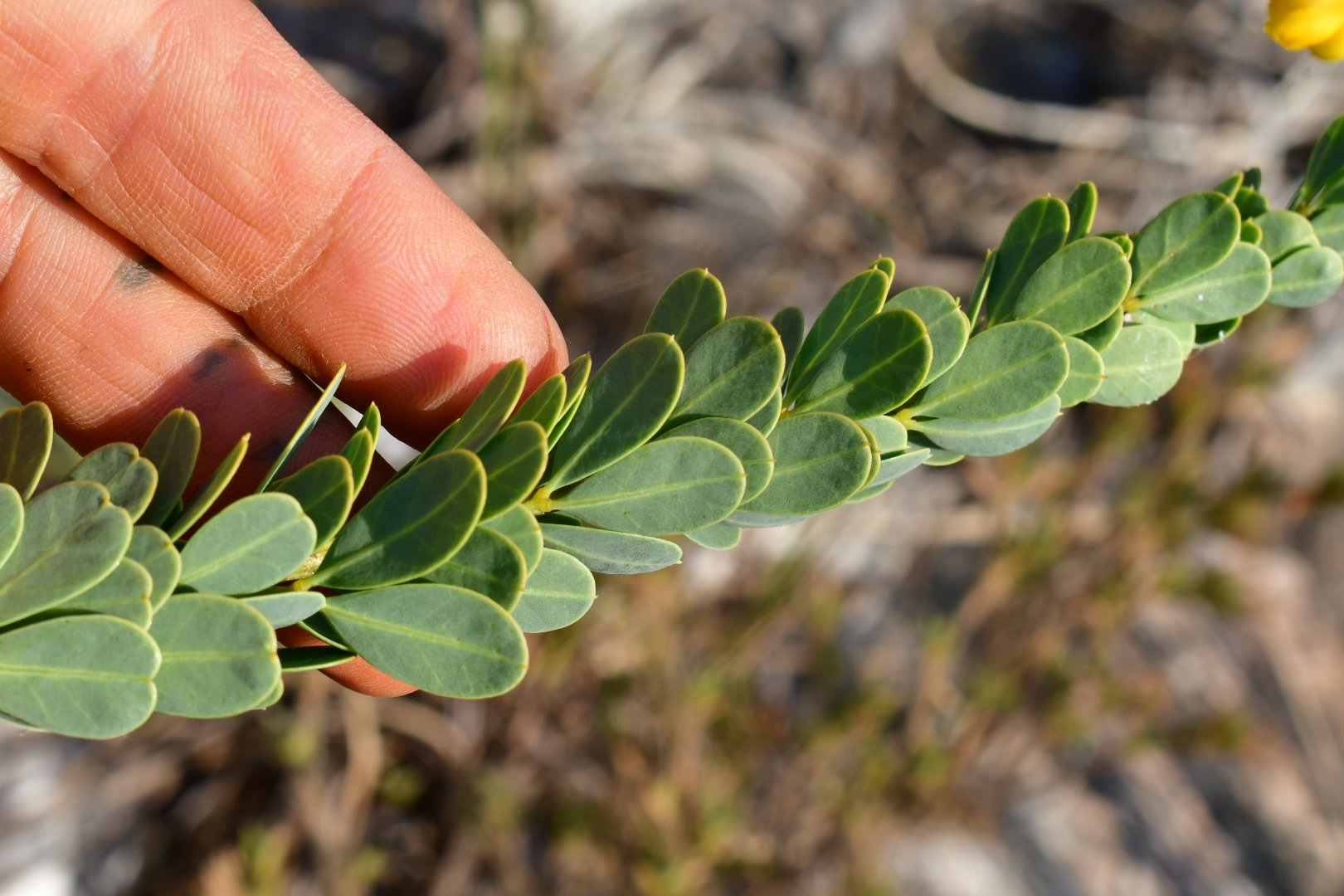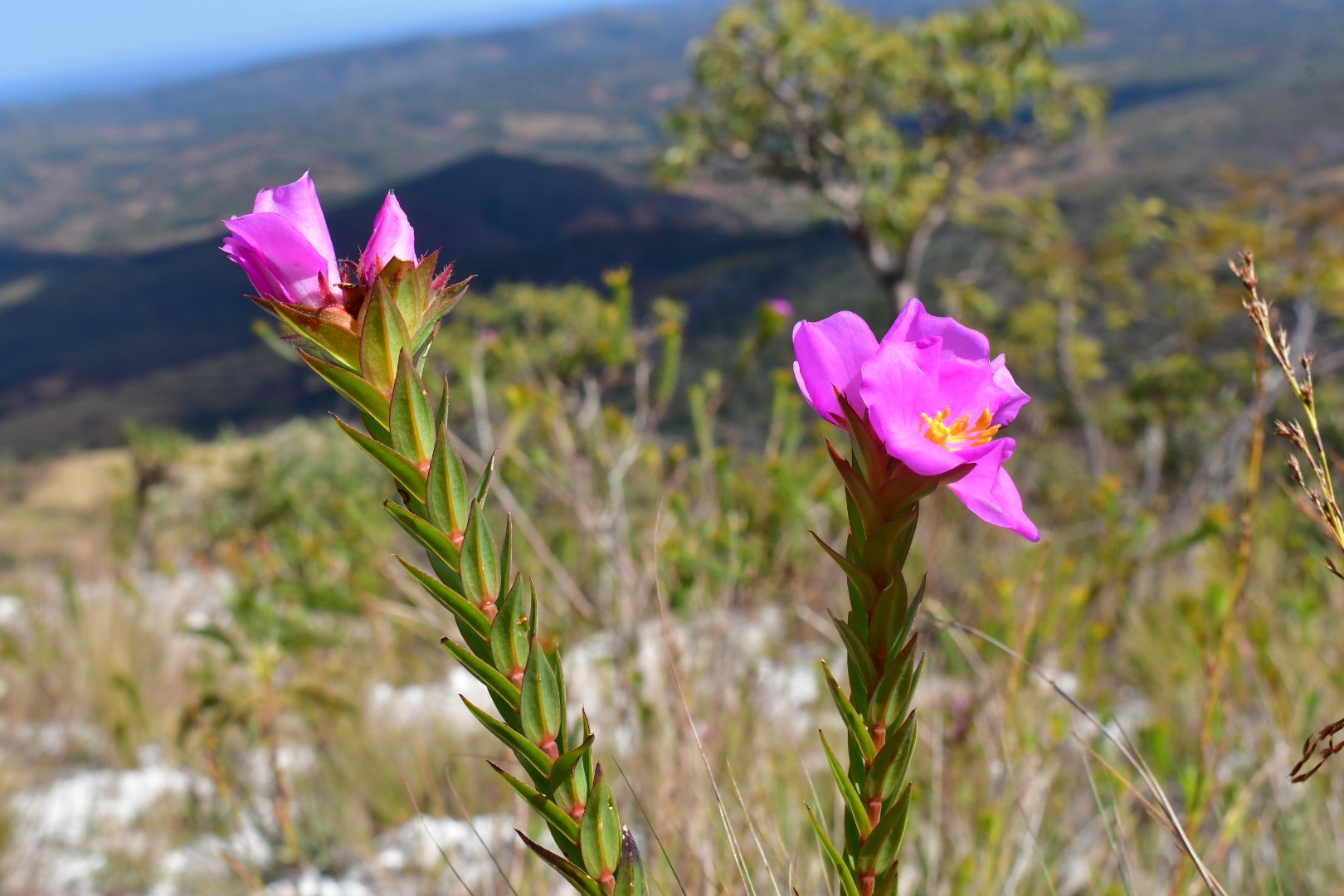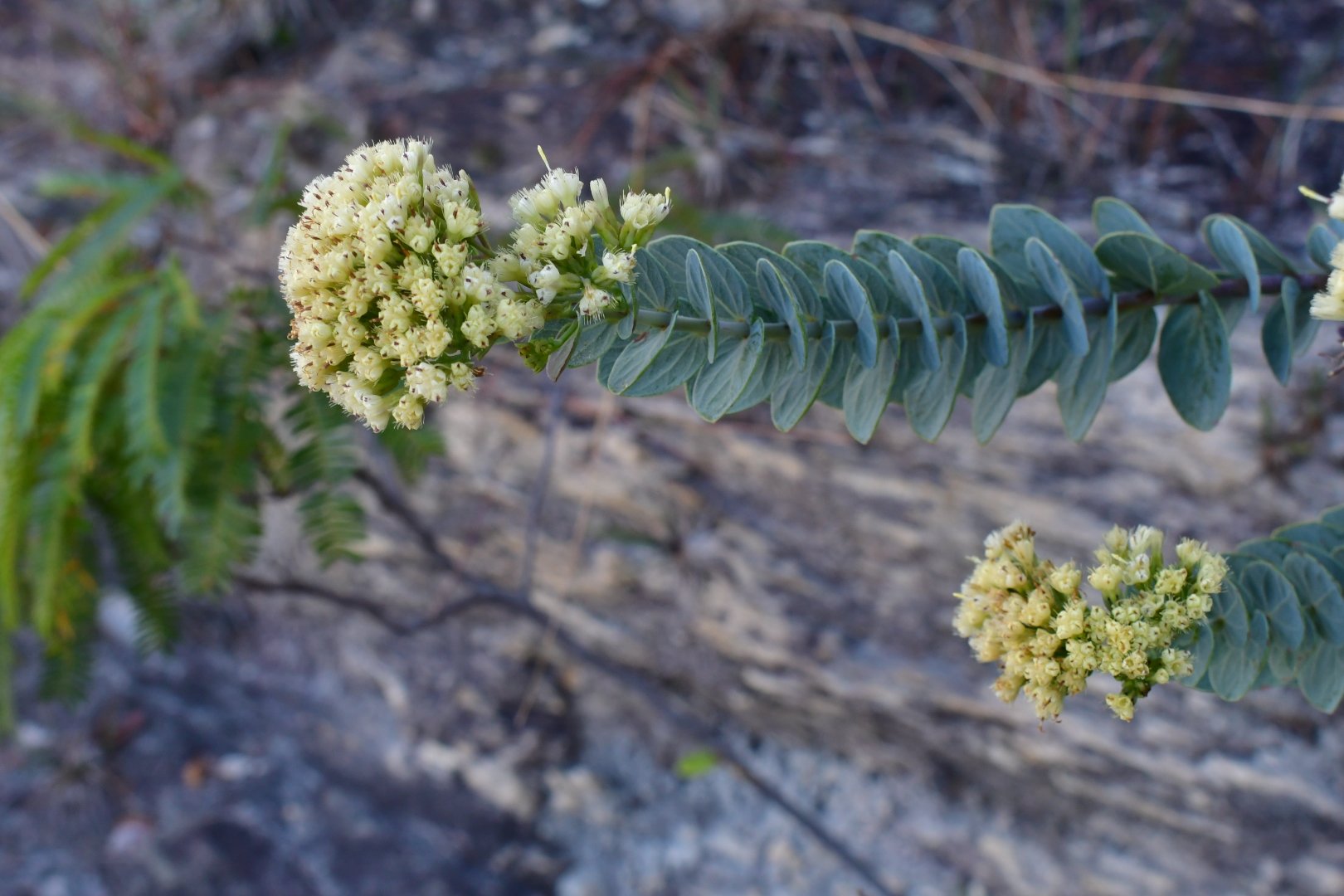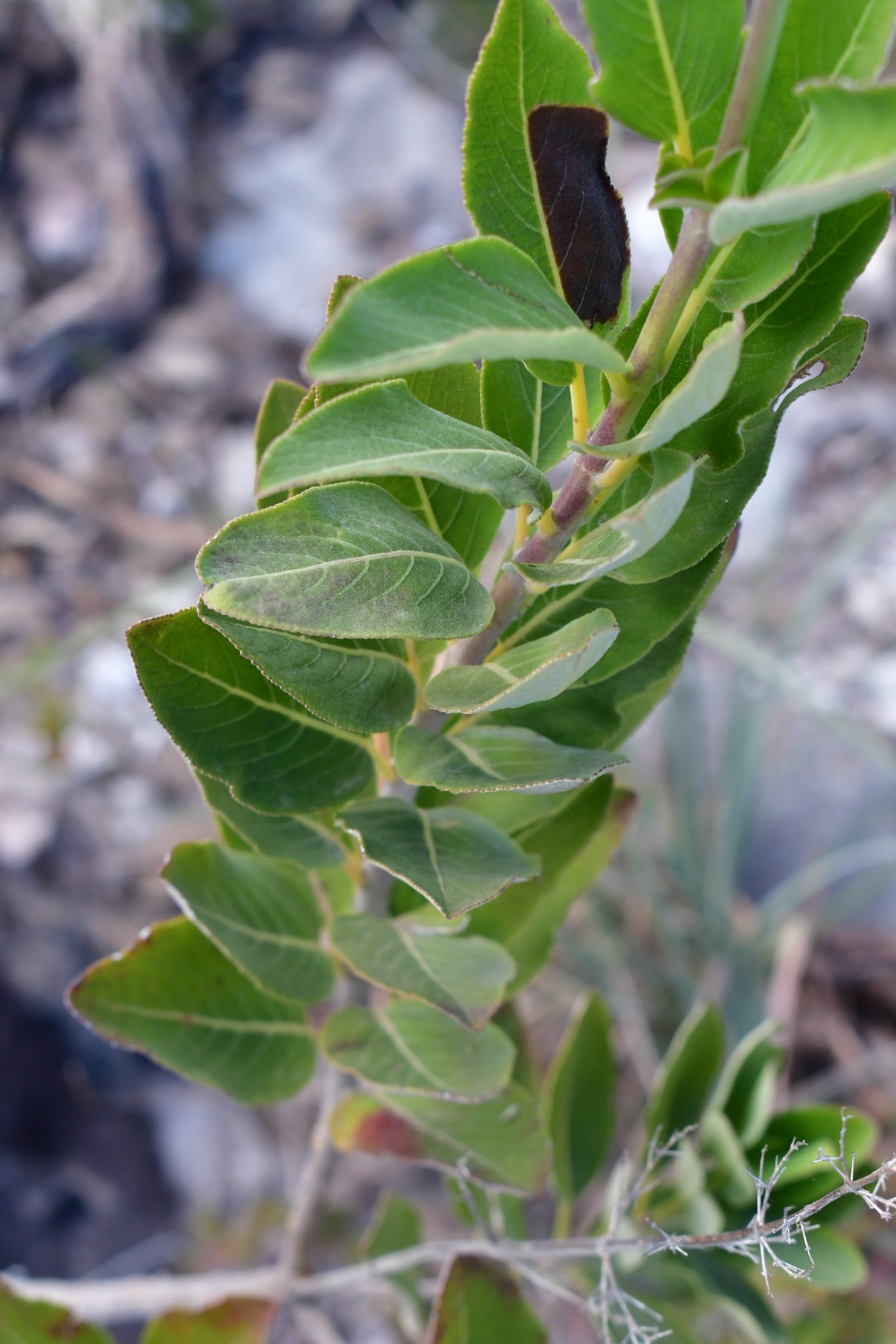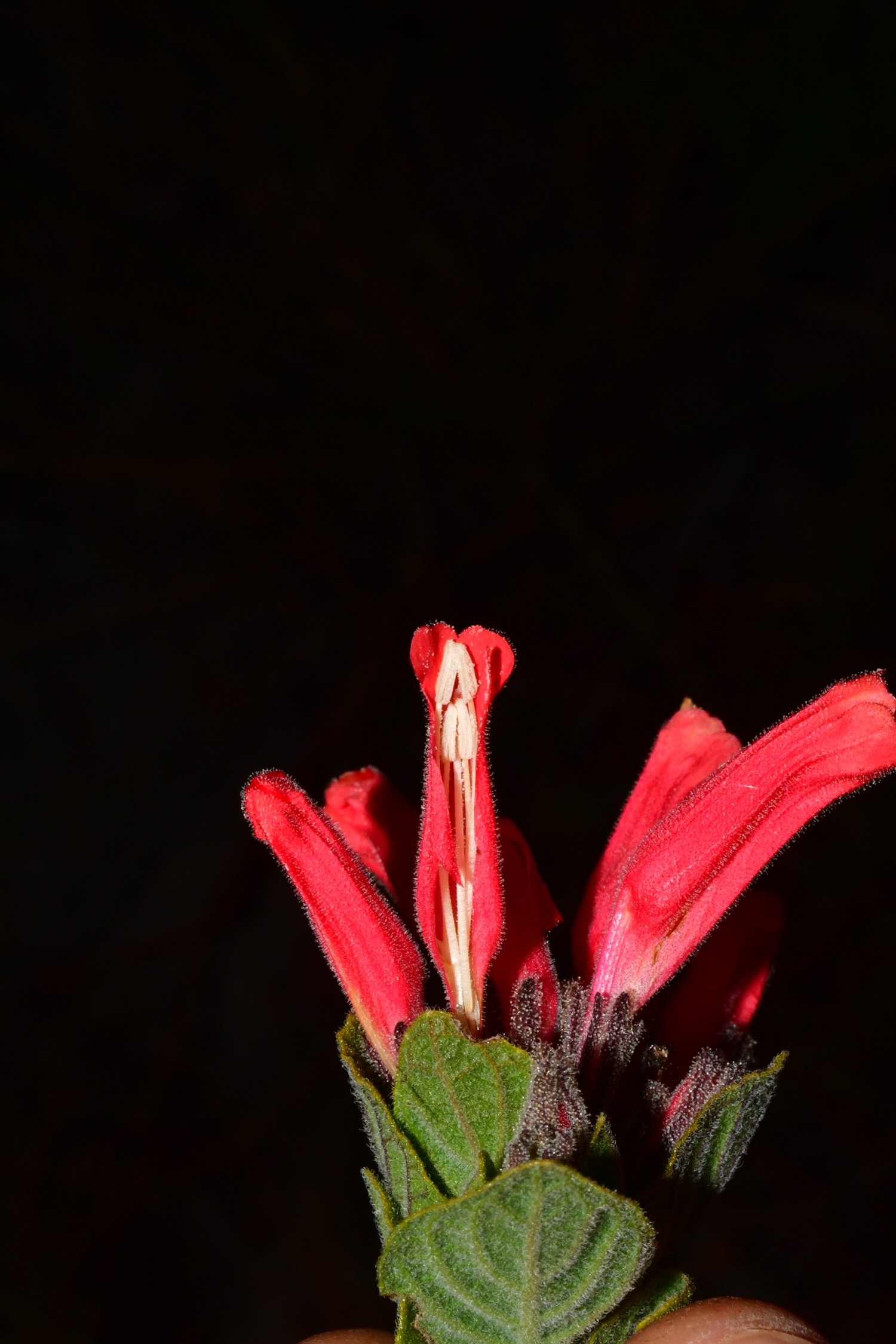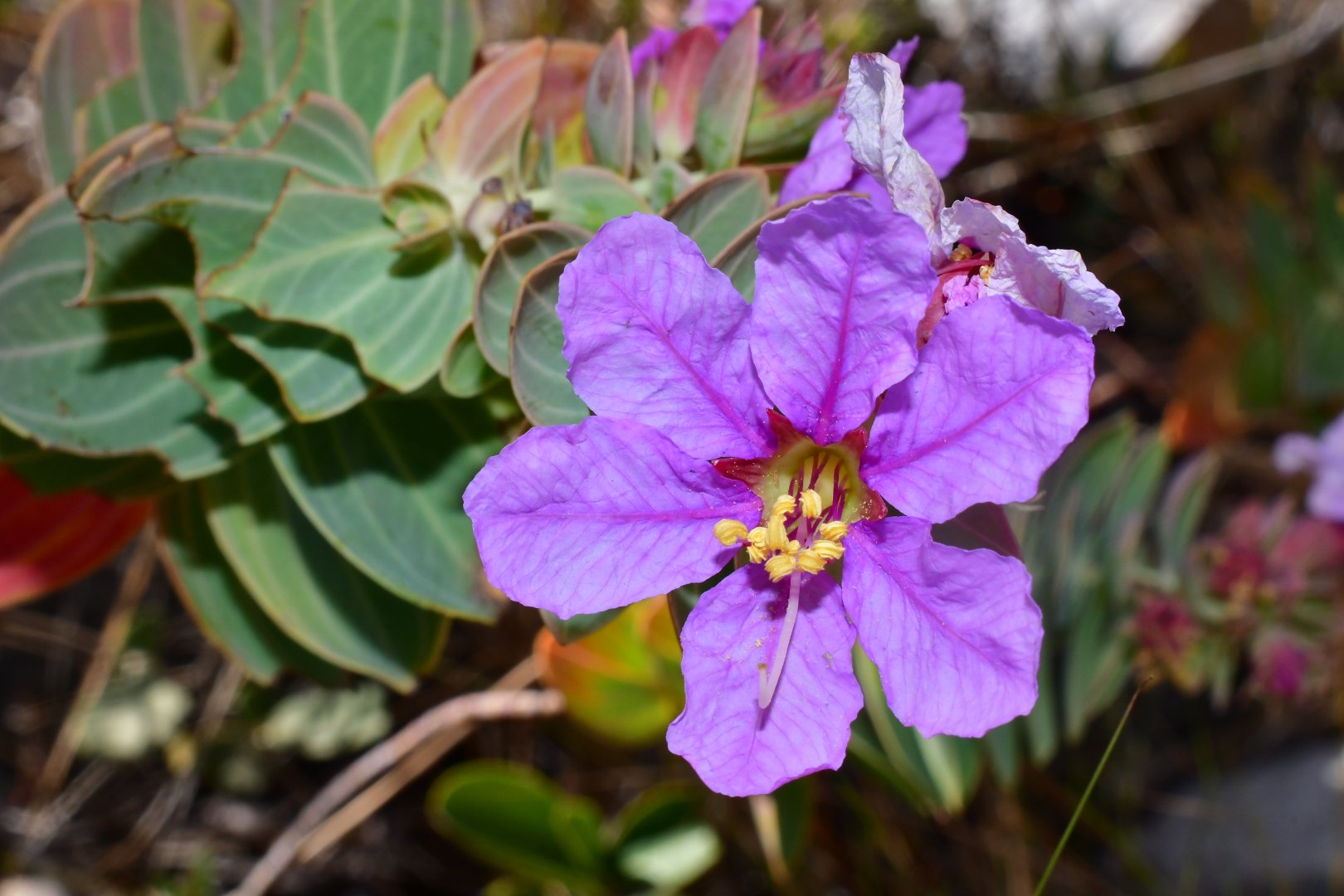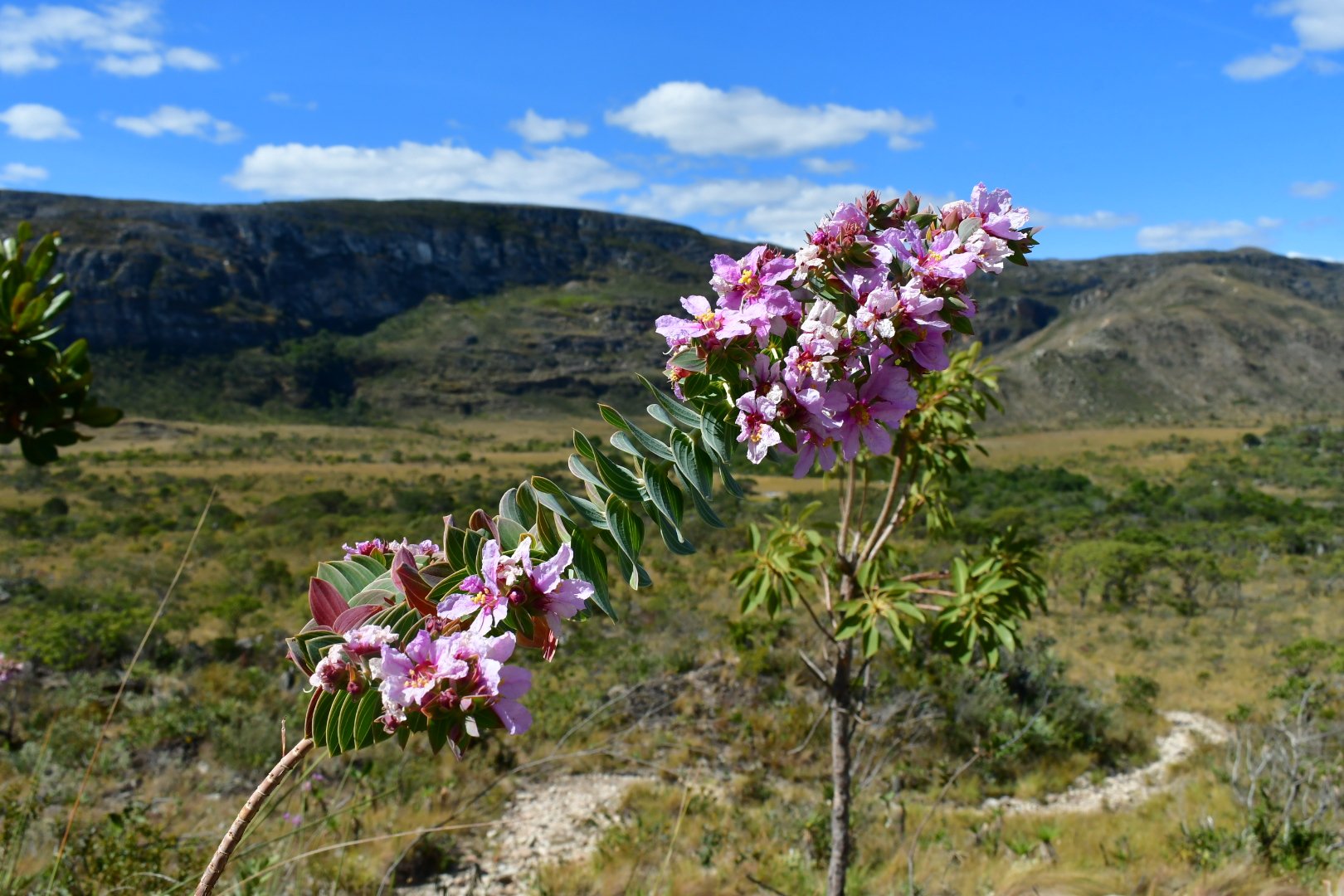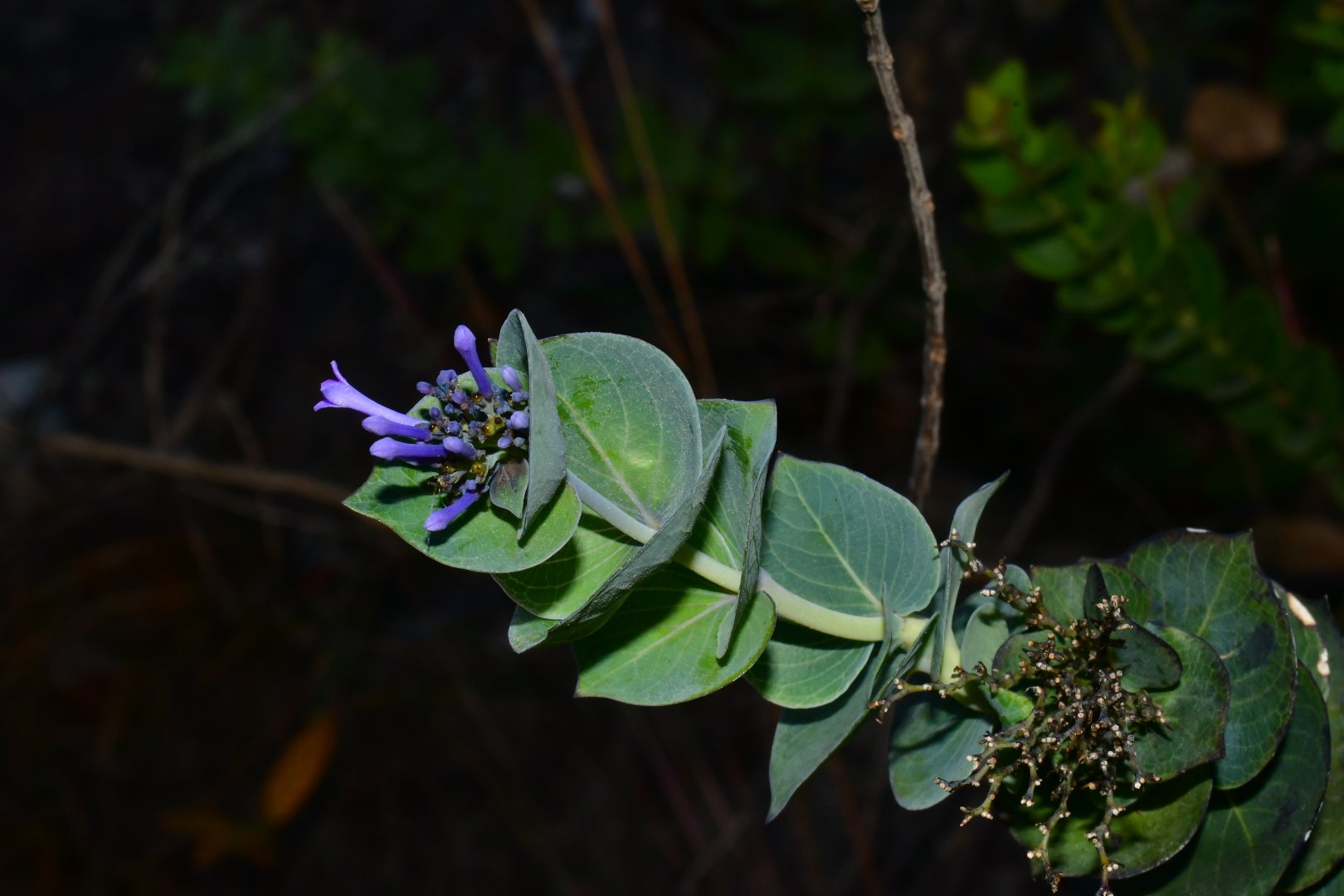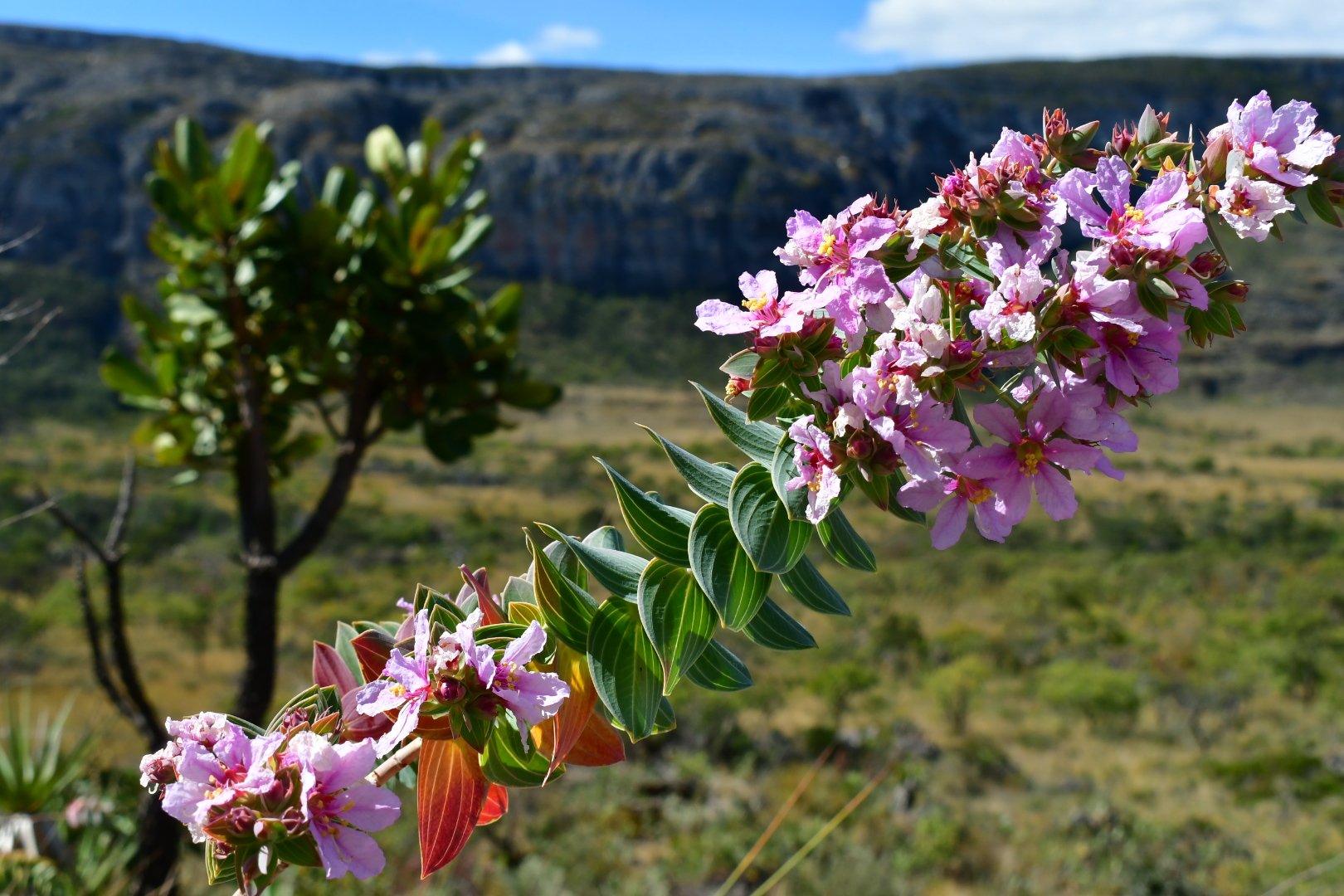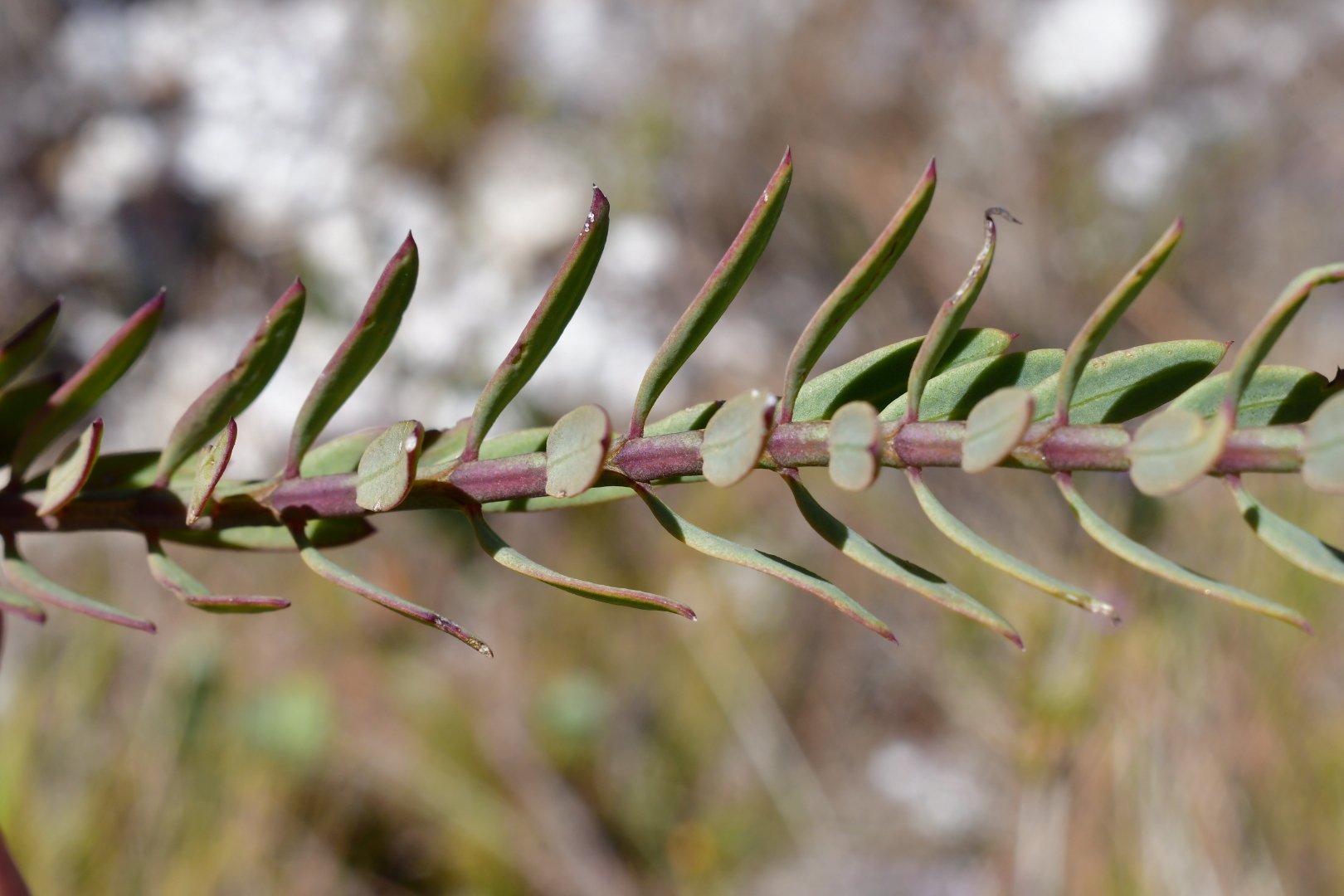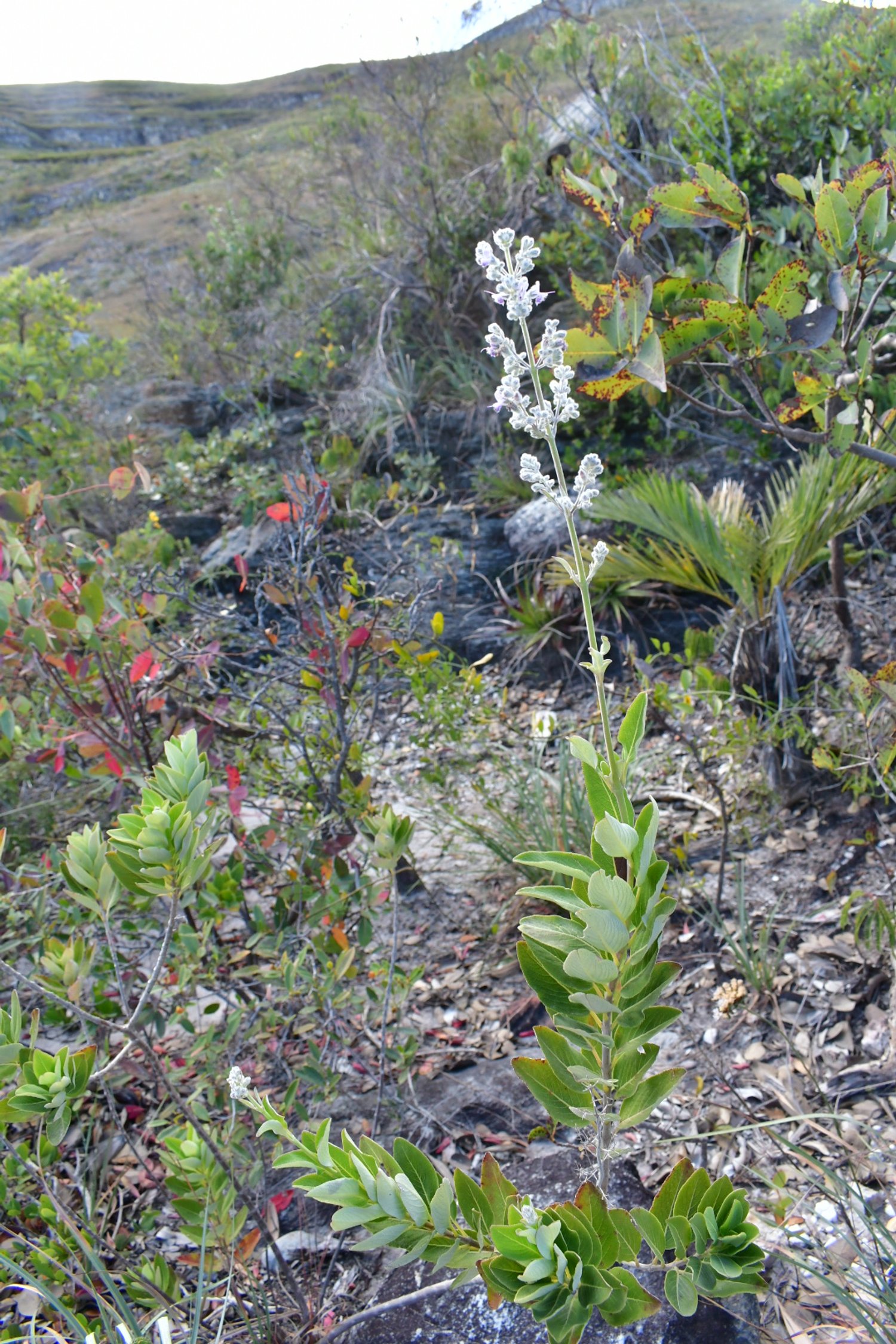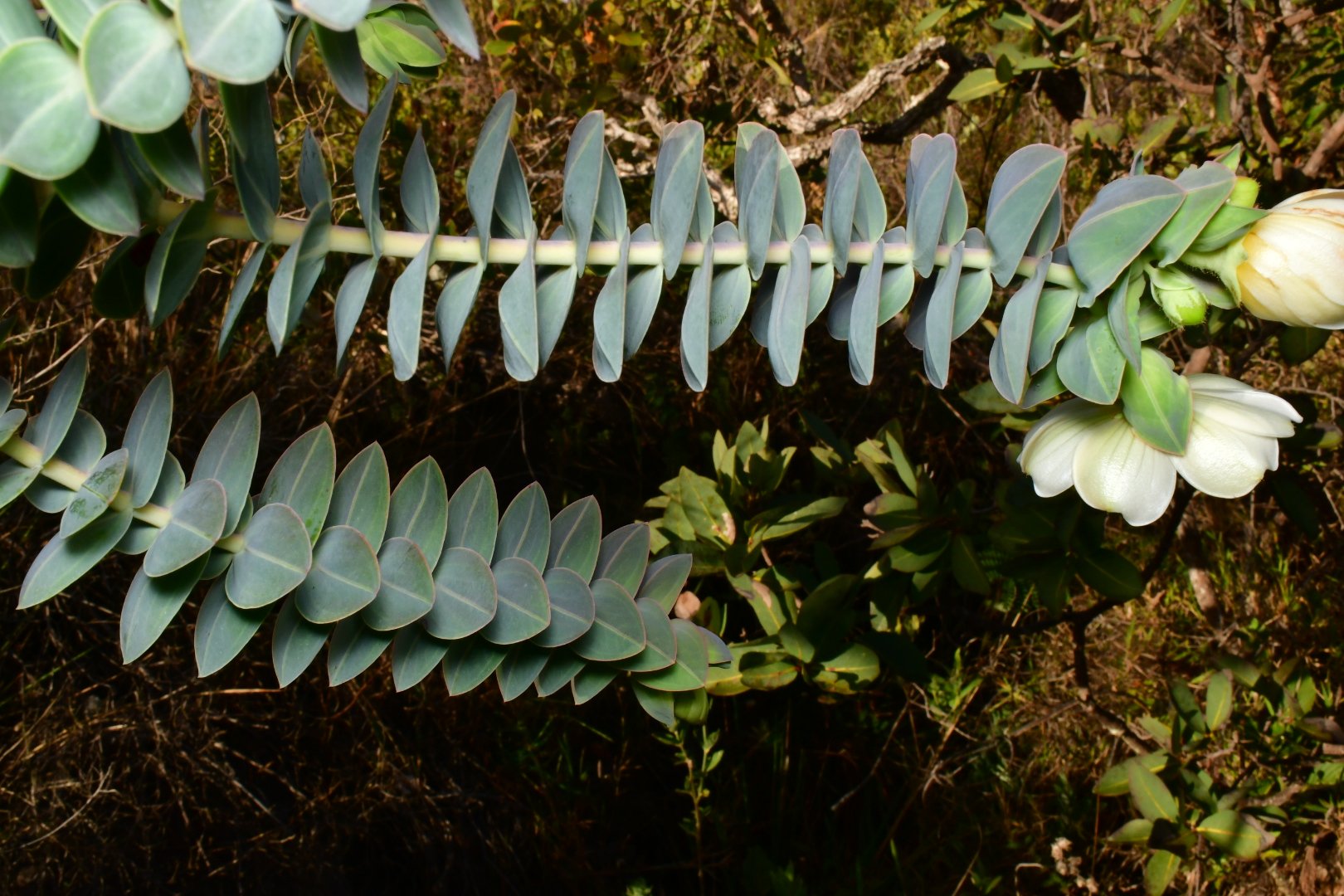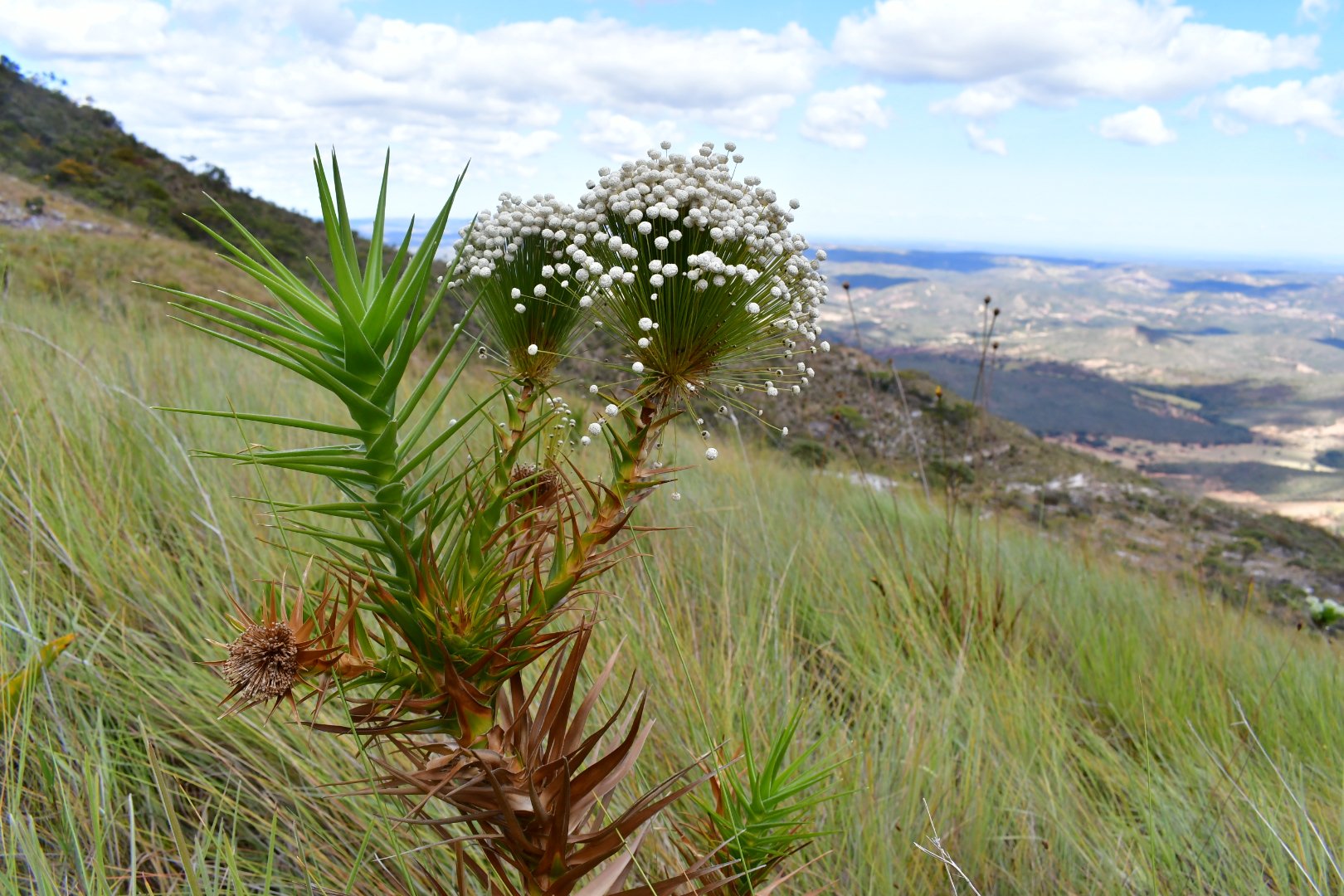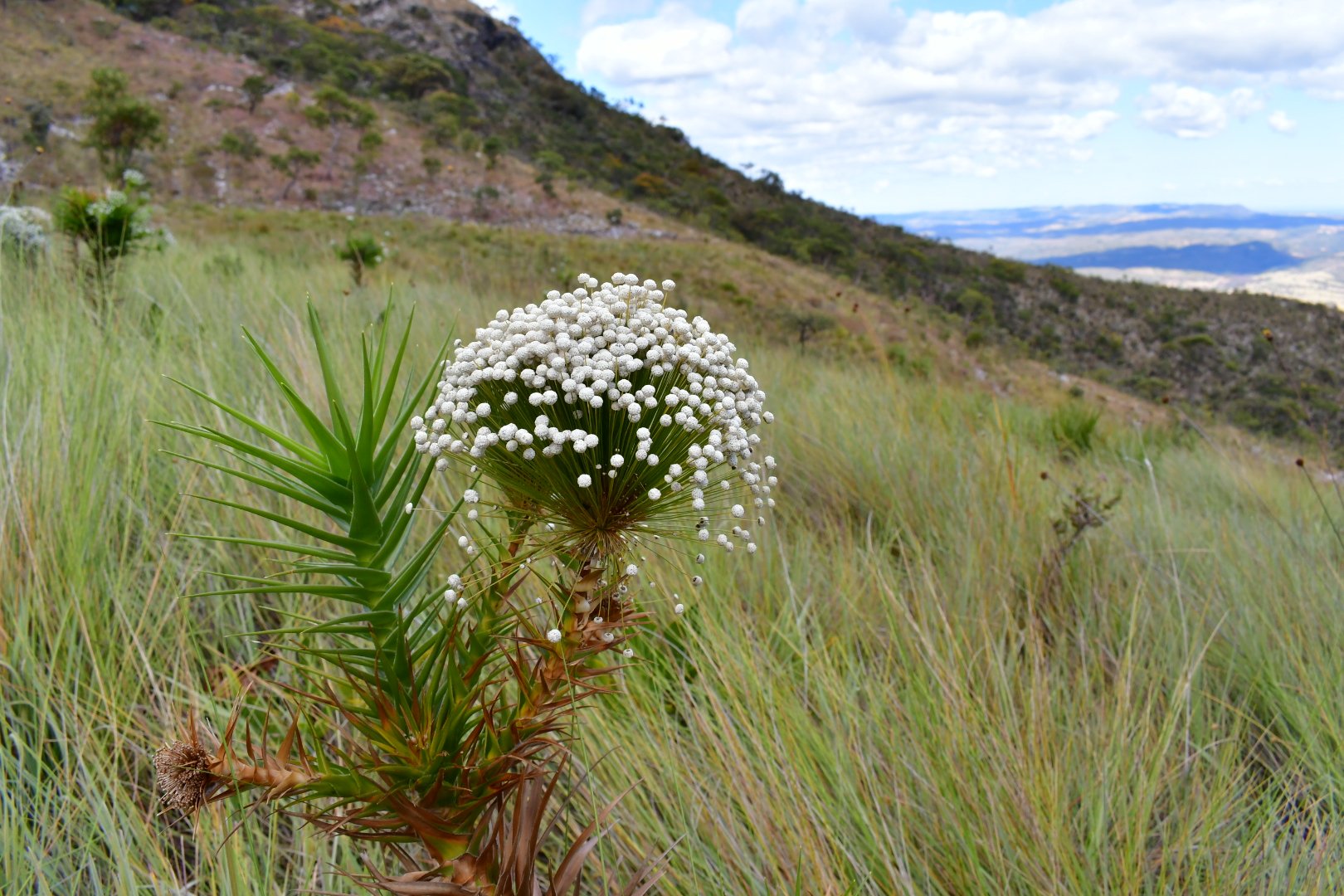LEAVES LIKE SNAKE SCALES.
LEAVES LIKE SNAKE SCALES - the seasonally-dry, nutrient poor environment causes convergent evolution in phyllotaxy & leaf morphology.
A remarkable case of convergent evolution can be seen in the leaves of plants that have evolved in seasonally dry tropical and subtropical environments on iron-rich, nutrient poor soils with pronounced dry seasons. In the Brazilian cerrado of Minas Gerais, one can see an exceptional example of this.
The habitat here is so extreme and unique that it repeatedly produces the same vegetative trait in the plant lineages that have spent the past few million years evolving here : leathery, coriaceous and often sessile leaves lacking a leaf stalk (petiole) and having the consistency of cardstock paper covered in wax or a dense coating of short hairs. Often times the leaves are arranged imbricately on the stem, as well, almost like snake scales or roofing shingles.
The form of many of these shrubs tends to be bizarre as hell and out of a Dr. Seuss book - many of these are sparsely-branched, single stemmed shrubs with no leaves for the bottom 60-90% of the plant. This is called the Monopodial or monocaulous habit. I've seen it in New Caledonia before, and to a lesser extent in California serpentine chaparral, both habitats occur on iron-rich, nutrient-stressed geologies. In the Brazilian cerrado, however, this vegetative convergence repeateadly smacks you in the face. You end up seeing it in dozens of unrelated species from different families. It is if the landscape and environment itself is hand-selecting what forms work here and what forms don't, and actually, that's kind of what is happening. Its astonishingly cool to see multiple unrelated plant families all converging on the same vegetative traits.
Apparently, sessile and glaucous leaves & the monocaulous habit is what makes the most sense under these geologic and climatic conditions.
The ITCZ produces the dry season & the metamorphosed ("cooked") , thoroughly leached (because it's both old as fuck and the tropical rainy season can be VERY rainy) quartzitic sandstone produces the nutrient-poor, iron-rich substrate. The ITCZ is a result of Earth's axis causing the low-pressure zone to oscillate on opposite sides of the equator depending on which hemisphere is tilted towards the sun
